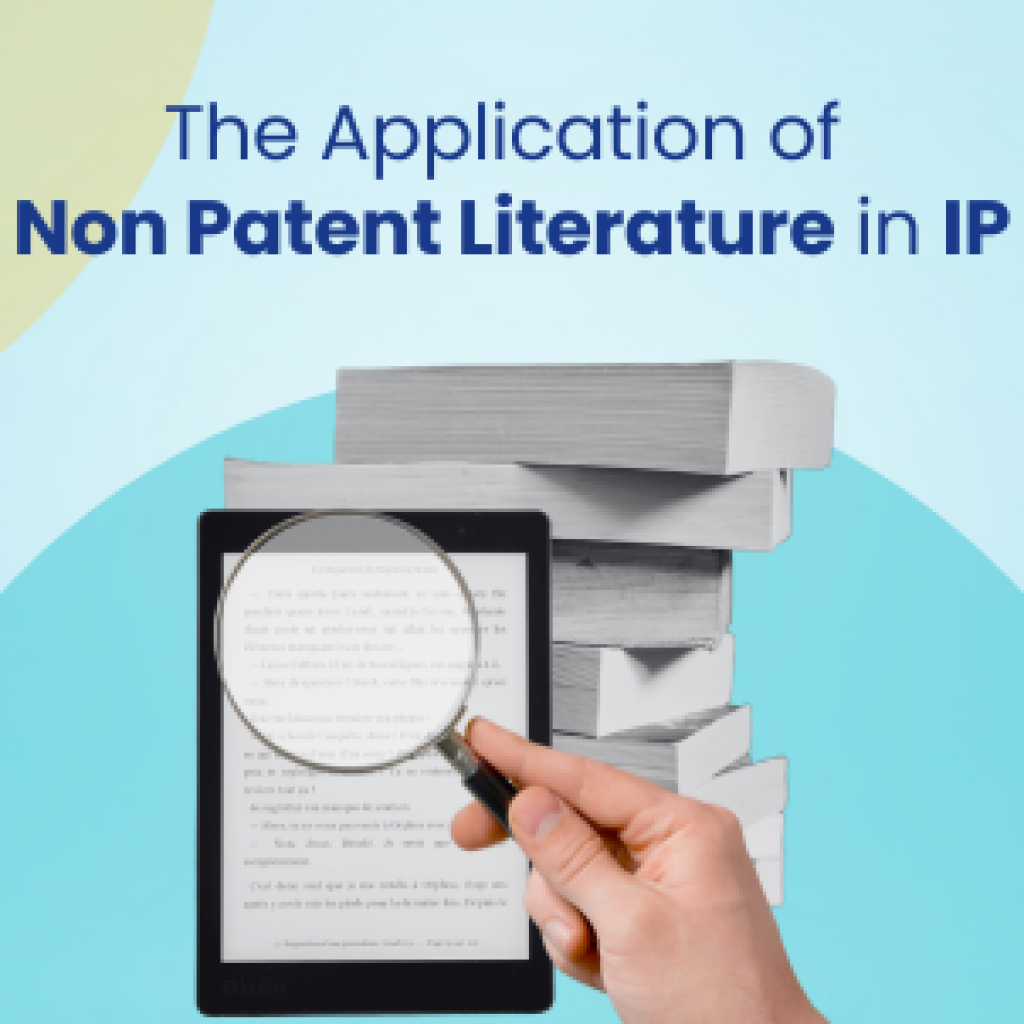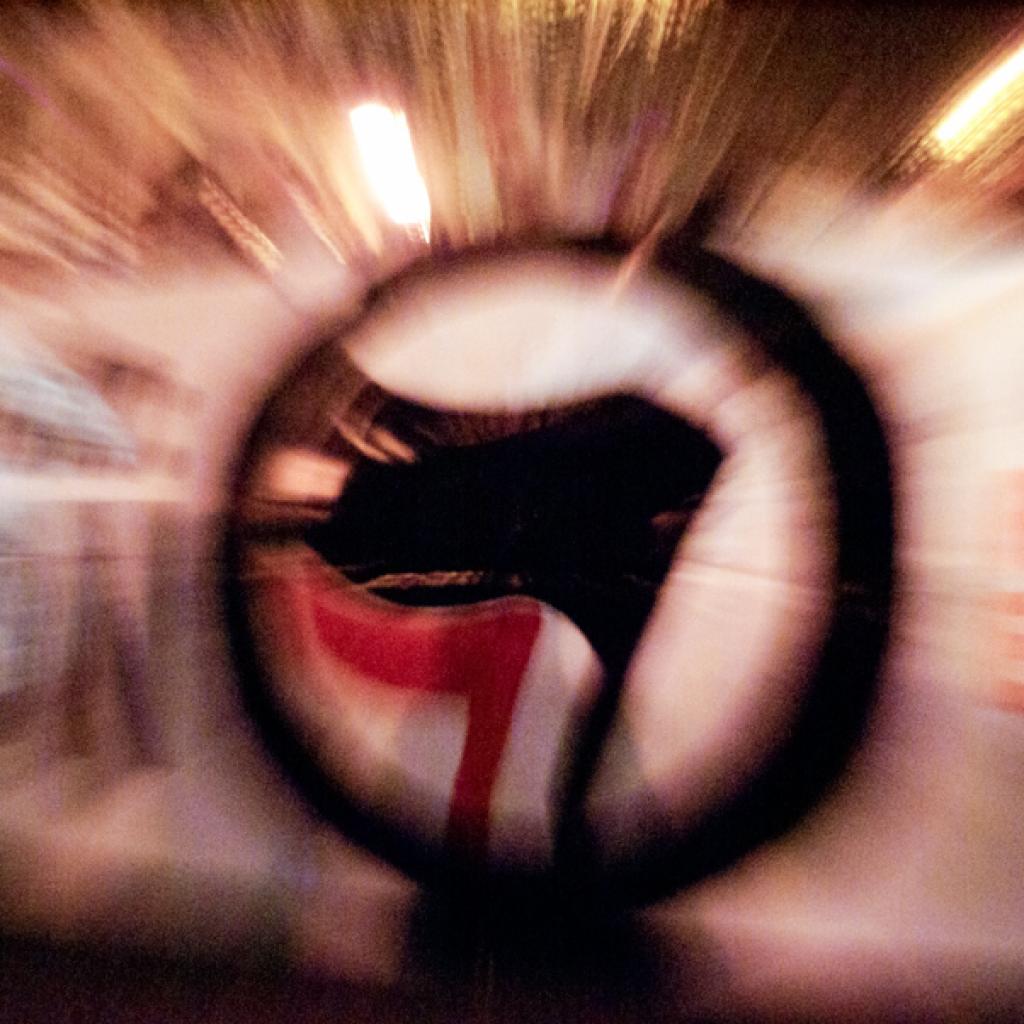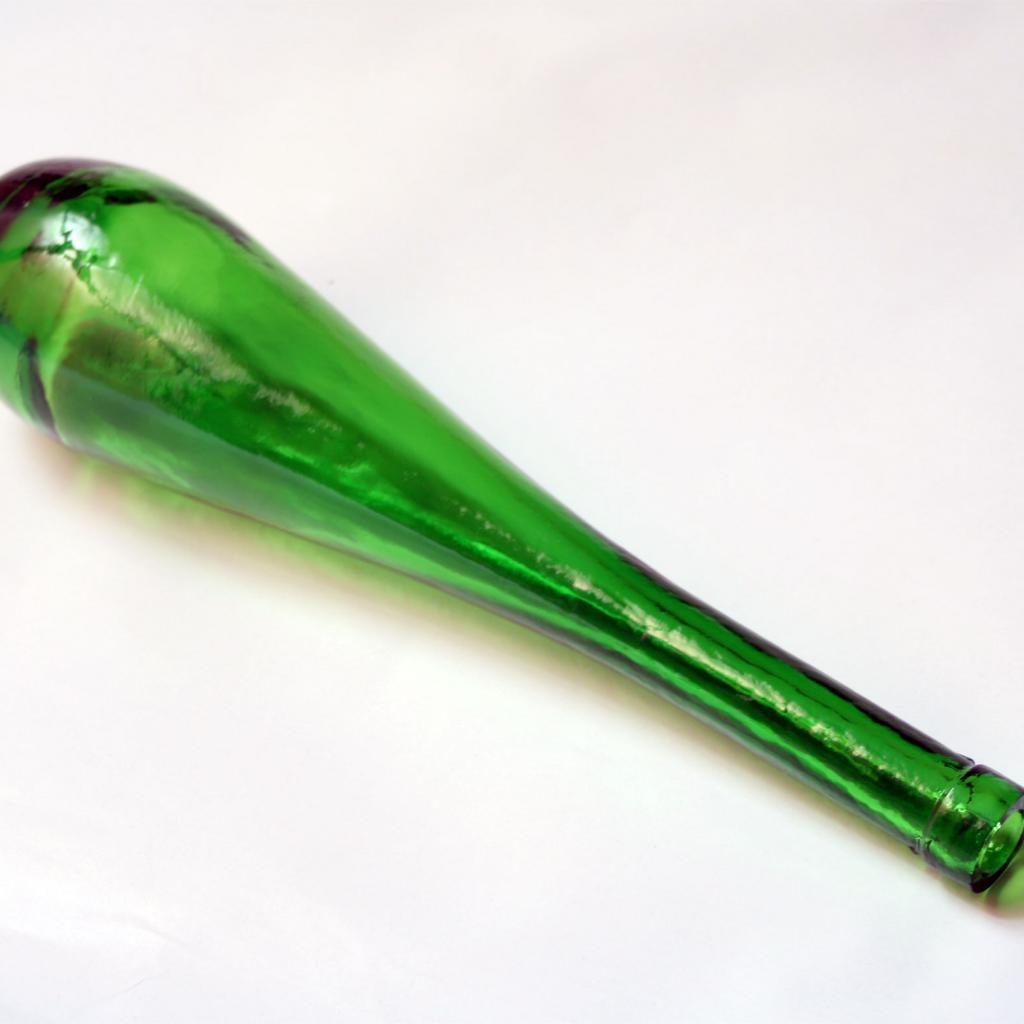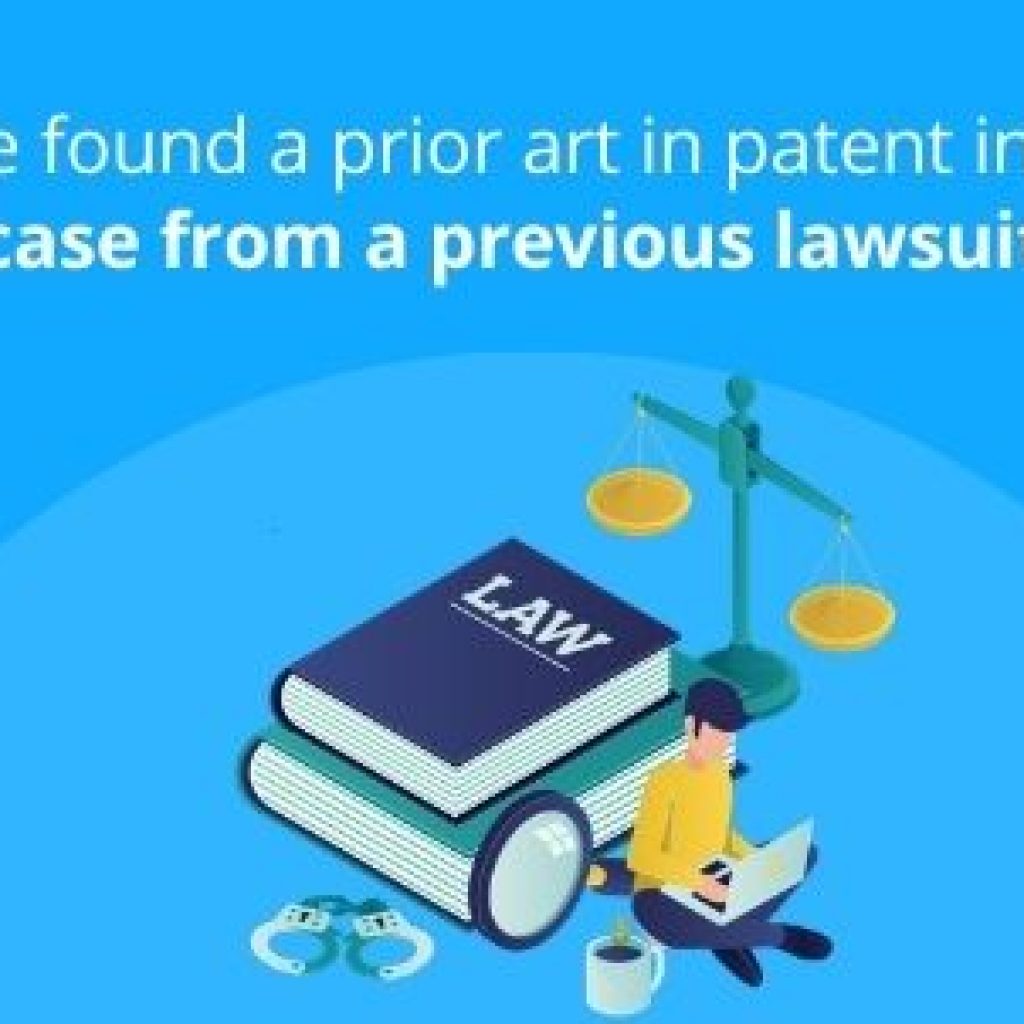Finding a bang-on prior art result with all the required features and publishing before the cut-off date of your targeted patent is the end game. Right?
But what if you still cannot use it against the target patent? It’s a very tricky situation, which makes this case interesting.
We recently came across a situation where, despite having bang-on prior art, we could not use it to challenge the subject patent.
Did we leave those references and close the case? or Did we turn it around and crack it?
Don’t worry. As you navigate the article, I will unfold all the answers for you.
It was a bang-on tier-1 result. Or was it?
This case was related to a formulation patent. During our natural process of screening patent literature to locate a prior art, we got a lot of relevant patent references. The results seemed to disclose all the technical features in the subject patent.
However, one non-technical element in the claim language converted all those relevant results into irrelevant ones.
The non-technical key elements changed the game.
The concept of non-technical key elements of the subject patent claims, i.e., “consisting of vs comprising of” is well known in the industry.
The word “comprising of” encompasses all the specifically mentioned features and optional, additional, and unspecified ones. Whereas the term “consisting of” only includes features specified in the claim, nothing else.
This one element deeply impacted how we looked at the available results and the case.
Coming back to the situation at hand, our subject/target patent used the “consist of ” claim language, which means the composition should only contain the required features and nothing else.
Now the subject/target patent (let’s say US’XYZ) was talking about a cleaning composition “consisting of” quaternary ammonium compounds, a non-ionic surfactant such as ethylene oxide/propylene oxide adducts of long-chain alcohols or fatty acids, Glycol ether solvent for example; C1-10 alkyl ethers of alkylene glycols, C3-24 alkylene glycol ethers, and any mixtures or combinations thereof; and at least about 90% by weight of water.
To show the transition of our way of looking at the results, let me share some more examples of the results we had in hand. Below are the two of them that were close to becoming tier 1 but were discarded due to the claim language.
1) Type 1 results disclosed all the required features along with additional features (using the term “consist of“ or “comprise of”)
These results had all the required features. But due to the additional features present, these were discarded and not considered as prior art to challenge the subject patent. Because these were not fulfilling the requirement of our subject claim’s “consist of” clause.
Let us consider an example to further simplify what we are discussing here.
We got US6881711B1 disclosing a cleaning composition that contains an alcohol and glycol solvent mixture in the required proportion. Further, it was also disclosing other required components like two surfactants – an alkyl polyglycoside surfactant (first one) and a CS surfactant (the second one) [quaternary amines + amine oxides + amphoteric surfactants], water, and optional ammonia buffer. However, one limitation of this art was that the cationic surfactant was present along with one non-ionic [amine oxides] and one amphoteric surfactant. Now, because of these additional components or limitations discussed in this art, we had to exclude them from our analysis.
2) The second type of result was disclosing “comprising of” instead of “consist of” claim language (with all the required features without mentioning any additional feature). Still, there was a possibility that additional components might or might not be present in the required composition based on the definition of comprising in the claim language.
Here is one exemplary patent reference for this type – US7414017B2, which disclosed all the required components of the composition, such as cationic biocide [e.g., alkyldimethylethylbenzyl ammonium quat]+ nonionic surfactant [Ethylene oxide and mixed ethylene oxide/propylene oxide adducts of long-chain alcohols or fatty acids] + Glycol ether solvent and water, that we needed.
Due to this claim language difference, we had almost discarded such results too. Yes, almost, hang with me, and you’ll know.
Well, the only difference it had with the target patent was the claim language because US ‘017 was using comprising of in its claims.
It may have been the end. But we are not one to give up!
Initially, anyone would have discarded such references because of the “comprising of” claim language. However, we brainstormed internally, and what followed changed our way of looking at these results.
Now to ensure whether the results mentioning “comprising of” are not adding any other component, we did two experiments –
Experiment 1
We first analyzed all the disclosed examples mentioned in the complete specification of this patent (US’017) and found that none of the exemplary compositions mention any additional component in it.
For example – US20060166849A1, US6284723B1 & US20110311600A1 cleaning composition comprising cationic biocide [e.g., ammonium quats]+ nonionic surfactant [ethylene oxide/propylene oxide adducts of long-chain alcohols/fatty acids] + Glycol ether solvent [e.g., hexyl cellosolve] and at least 90% water.
Further, all of them also mentioned the use of substrate/wipes to carry the cleaning composition.
Experiment 2
Secondly, we explored products from the same company assigned to US’017, and finally, we got our hands on a couple of relevant products. Although the claim language was not there, those products were only mentioning the required components without the presence of any additional component in them. These products missed disclosing the exact concentration of the required component. But, all the product’s composition could be easily used along with the patents with “comprising of” claim language and thus could be utilized as combinational art.
The output of these two experiments made one thing clear; if not tier 1, then we could at least use these results as tier 2 to prove the obviousness of the subject invention.
Besides the motivation we got from the above two experiments, we found a few relevant books, e.g., Handbook for cleaning/decontamination of surfaces which disclosed the required two or three features without mentioning any additional components. And just like that, we had enough NPL to make our case.
These leads eventually turned out to be helpful in making a strategy against the subject patent.
Conclusion
We shared the results with our client, and he was satisfied with the results. Additionally, this case came with its own set of learnings, i.e.
- Understand the importance of all technical or non-technical elements of subject patent claims because a small clause or language of the claim may affect the direction of your complete search and the interpretations of your relevant references.
- Always analyze and explore all the limitations present in the good references. Eventually, based on them, you can seek help from non-patent literature, such as books or products, to prove the obviousness of such language-based claims.
Our learning from each case refines us to be better at what we do. It instills the attitude of not giving up and finding everything that can make our client win. This is what has been setting GreyB apart.
We are not one to brag, but time and again, our grit and determination have proved to deliver exceptional results. Want to read more about them?
Here’s how we mined through 1600 patents to find valuable assets? And how we unmasked Alibaba’s secret partner using patents?
Authored By- Divyani (Team Lead), Life Science Department










